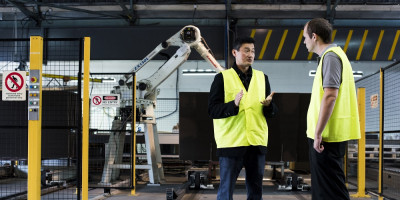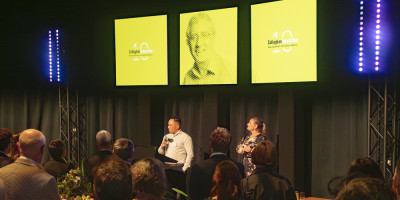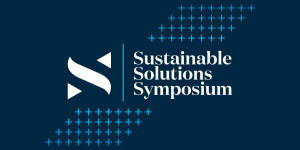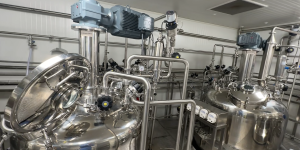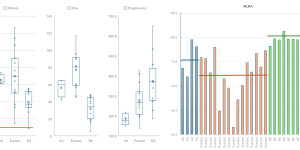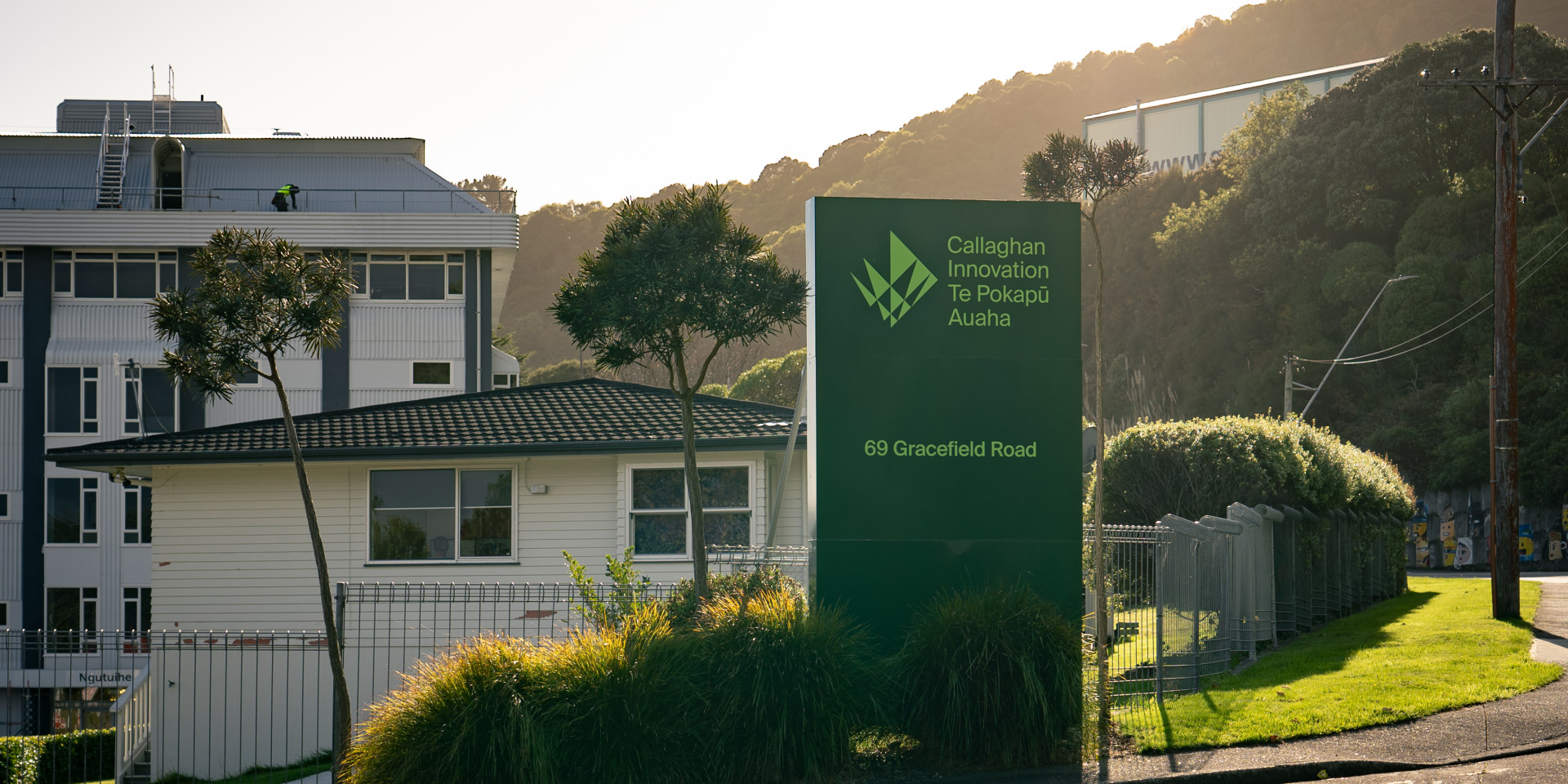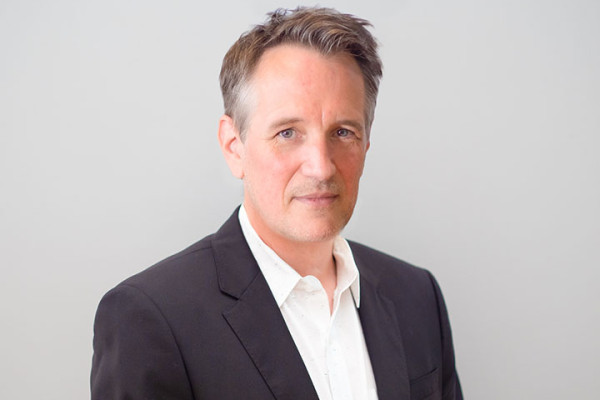Callaghan Innovation has engaged KPMG to assist it to explore commercial options for the future of its science facilities at Gracefield in Lower Hutt.
The Gracefield Innovation Quarter (GIQ) currently houses a range of science services, including the Measurement Standards Laboratory, Victoria University’s Robinson and Ferrier Institutes and Callaghan Innovation’s Biotechnology division. GIQ covers 10 hectares and is a mix of older buildings near the end of their useful life, as well as a number of newer facilities.
“Ministers have asked the Board of Callaghan Innovation to explore the full range of commercial options for GIQ. That includes seeking private investment and more tenants, but it also includes the possible end or scaling back of science activities at GIQ, and the sale of some, or all of the property,” said Stefan Korn, chief executive of Callaghan Innovation.
“Over the years, GIQ has been home to some incredibly talented and dedicated scientists and has made a major contribution to New Zealand’s science and innovation system. But it is also an expensive operation that has long failed to cover its costs. Taxpayers are funding GIQ to the tune of $20 million dollars this year alone, and the Government has been clear it does not see that level of spending as sustainable.
“Creating a comprehensive Treasury business case for the future of GIQ is a major undertaking with considerable complexity. KPMG will support our staff in developing a business case that will identify options for the future. It is expected this work will take at least six months.
“GIQ has been a centre of scientific research and innovation for many decades and is a fixture of the local community and economy. We know Hutt businesses and the city council see GIQ as an important economic asset and will want to do everything they can to ensure it can continue to be a driver of productivity and growth into the future.
“We acknowledge the strong public and community interest in the future of the site and will be working with key stakeholders as part of the development of the business case.
“I want to be clear at the outset; this will be a robust and genuine process. There is no preferred or pre-determined outcome. We’ve been asked to come up with the best options for the future and that is what we will do. It will then be up to the Government, as is appropriate, to take final decisions,” Stefan Korn said.
About GIQ: GIQ spans 10 hectares, has 26 main buildings with over 26,000m2 of floor space and includes 240 laboratory spaces. The site accommodates up to 400 users, including engineers, chemists, physicists, biologists, data scientists, and other technical specialists.
The site’s infrastructure includes:
-
- Physics laboratories and workshops
- Chemistry laboratories, some with PC1 and PC2 containment levels
- Large-scale processing and pilot plant areas
- Office and meeting facilities
- Centralised logistics and chemical storage.
GIQ has progressively developed, with the oldest building still in use dating back to 1944 (A Block) and the most recent buildings completed in 2024 (Hazardous Goods/Logistics Precinct). Due to the unique nature of the facilities it is difficult to estimate its value, but as at September 2022 QV put the value of the land at $25,300,000 and its capital value at $60,250,000.



